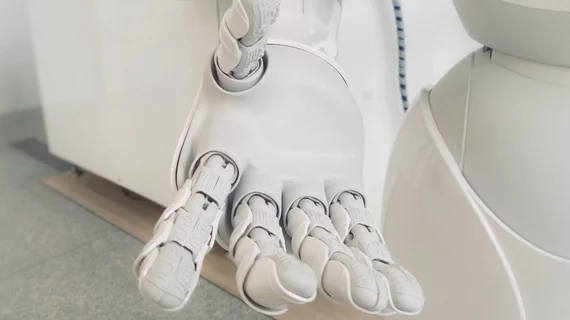Hospitals in India using robots to help treat COVID-19 patients
Hospitals throughout India have started using humanoid robots to assist with the treatment of COVID-19 patients—and it’s making a big impact.
The Indian Express ran a report on this breakthrough, noting that some of the robots, created by Milagrow Robotics, were previously being used for households tasks such as cleaning out air ducts and mowing the lawn. Now, however, they have been trained to disinfect floors, provide temperature checks, arranging phone calls with doctors and much more. Each robot uses a built-in HD camera to record all movements and activities. They also include more than 60 sensors each, and they can be customized if necessary.
Another company, Invento Robotics, is showing that robots can also be used to disinfect parts of the hospital using “powerful ultraviolet light irradiation.”
“The robot’s capability to move around while irradiating will ensure that all nooks and corners are covered,” Balaji Viswanathan, CEO of Invento Robotics, said in the report.
Click below for the full scoop from the Indian Express:

